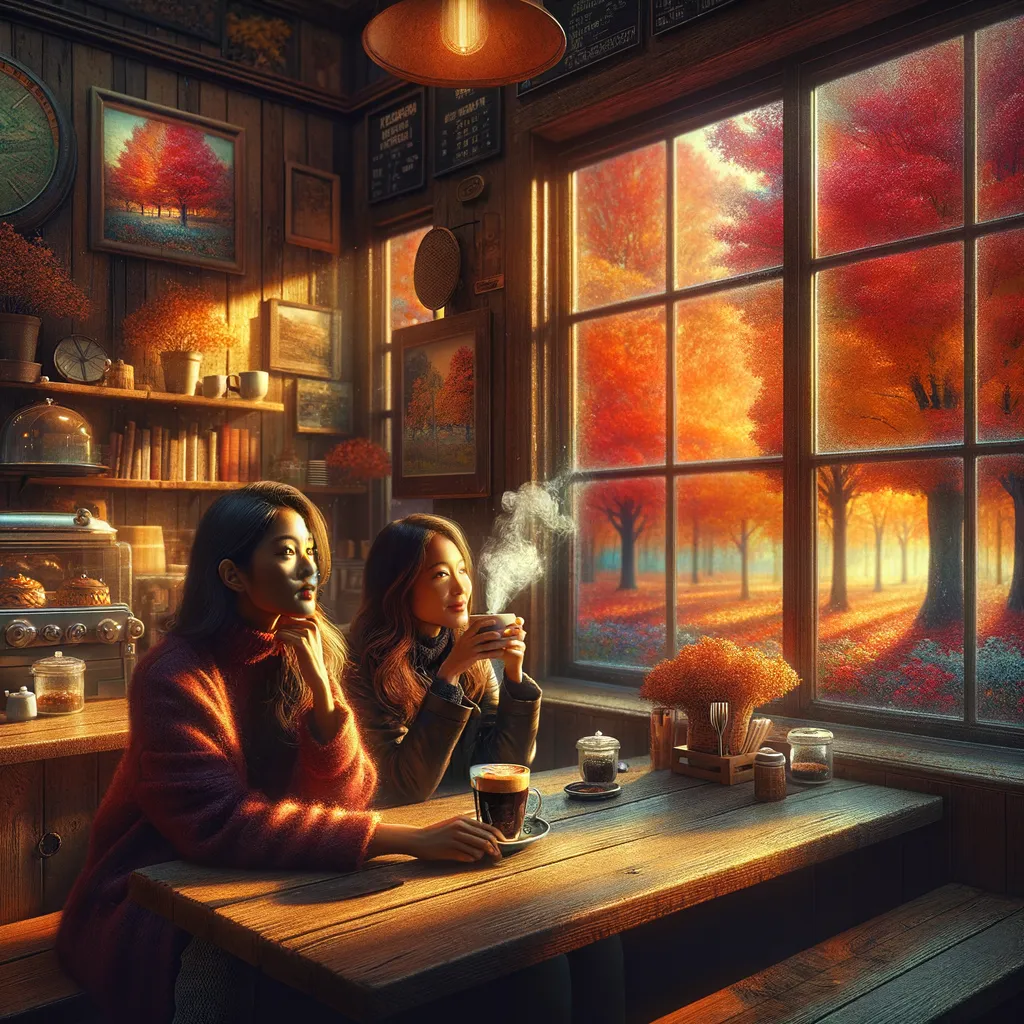The Hidden Magic of Shopping: Unveiling Desire’s Illusion
Amidst the sterile glow of a grocery store, a vibrant cereal display sparked a moment of introspection, revealing the subtle power of advertising to transform everyday choices into tantalizing dilemmas. With each product vying for attention, a realization dawned: these items were not just commodities but narratives crafted to resonate with unspoken desires and aspirations. The allure of a luxury car ad evoked dreams of freedom, yet beneath the shiny surface lay the truth that fulfillment could not be bought. As the journey through the aisles unfolded, the distinction between genuine longing and manufactured desire blurred, prompting a deeper examination of personal motivations. Stepping into the crisp air outside, a haunting question lingered: in a landscape filled with illusions, how could true desires ever be unearthed?
In the memory of January 4, 2016, I found myself wandering through the aisles of a local grocery store, the fluorescent lights casting a sterile glow over an array of products. The air was thick with the scent of fresh produce and the faint hum of distant chatter. As I pushed my cart, I noticed a brightly colored display at the end of the aisle, beckoning me with promises of a perfect life, all wrapped in a glossy package. It was then that I began to grasp the subtle power of advertising—a force capable of transforming mundane objects into coveted treasures.
The allure of that display was intoxicating. The cereal box, adorned with vibrant colors and a smiling cartoon character, seemed to whisper sweet nothings about joy and adventure. It was a playful invitation to a world where breakfast was not just a meal but a joyous experience. I stood there, entranced, recognizing how effortlessly it had turned a simple choice into a tantalizing dilemma. Suddenly, I wasn’t just shopping; I was participating in a carefully crafted illusion that suggested happiness could be found in every crunchy bite.
As I placed the cereal in my cart, a fleeting thought crossed my mind: how many times had I succumbed to such temptations? The answer lay hidden in a trove of memories, each one a testament to advertising’s remarkable ability to forge connections between products and personal aspirations. I recalled the countless times I had gazed longingly at advertisements that depicted lifestyles far removed from my own, where every item was imbued with the promise of fulfillment. Those glossy pages had taught me that desire could be conjured from thin air, transforming the ordinary into the extraordinary.
The deeper I delved into this realization, the more I recognized the layers of deception. A particular image surfaced—an ad for a luxury car, glistening under the sun, parked beside a cliff with an expansive ocean view. The car was not just a vehicle; it symbolized freedom, success, and the epitome of a life well-lived. But beneath the surface lay the truth: the car was merely a tool, yet it was marketed as the key to unlocking a life of adventure and prestige. It struck me how easily one could become ensnared in such illusions, chasing after dreams woven from pixels and clever copy.
As I continued my shopping, I became acutely aware of the other products around me, each one vying for my attention with a unique narrative. A simple jar of pasta sauce, for instance, promised an authentic Italian experience, complete with family gatherings and laughter over steaming plates. The illusion was palpable, as if just a spoonful could transport me to a sun-drenched terrace overlooking rolling hills. Yet, I wondered, could a mere condiment truly encapsulate the essence of connection and warmth?
These reflections unraveled a deeper complexity within me, illuminating the delicate dance between desire and reality. I felt an unexpected kinship with the brands, as if they were not merely selling products but rather crafting stories that resonated with the human experience. They understood our yearnings, our insecurities, and our dreams, and they skillfully wove them into the very fabric of their advertising. It was a testament to the power of storytelling, a reminder that every product had the potential to evoke emotion and stir longing.
However, as I pondered this revelation, a twinge of skepticism crept in. Was I merely a puppet, dancing to the tune of consumer culture? The thought was unsettling, prompting me to examine my own desires. How often had I sought validation through material possessions, believing that they could somehow fill the voids within me? The realization was both liberating and terrifying, as I confronted the ways in which advertising had shaped my self-perception.
Just as I was about to exit the store, I paused before a display of candles, their warm glow flickering like distant stars. Each scent seemed to promise tranquility, a respite from the chaos of life. Yet, I was acutely aware that peace could not be purchased; it had to be cultivated within. In that moment, I recognized the profound irony: while advertising could create desires, it could never fulfill them. It was a bittersweet truth, one that lingered like the scent of those candles in the air.
Walking out of the store, I felt a newfound awareness coursing through me. I had cracked open the facade of consumerism, revealing the intricate web of illusions woven by advertising. This journey into the heart of desire had not only reshaped my perspective on shopping but also on the nature of fulfillment itself. It was a reminder that true richness lay not in what we acquire, but in the experiences we cultivate and the connections we forge.
As I stepped into the crisp January air, a lingering question settled in my mind: in a world so steeped in illusion, how do we discern our genuine desires from those crafted for us?
In the vibrant glow of consumerism, the art of advertising transforms mere objects into vessels of longing, reminding that true fulfillment is often found in the connections we nurture, not the products we possess.



